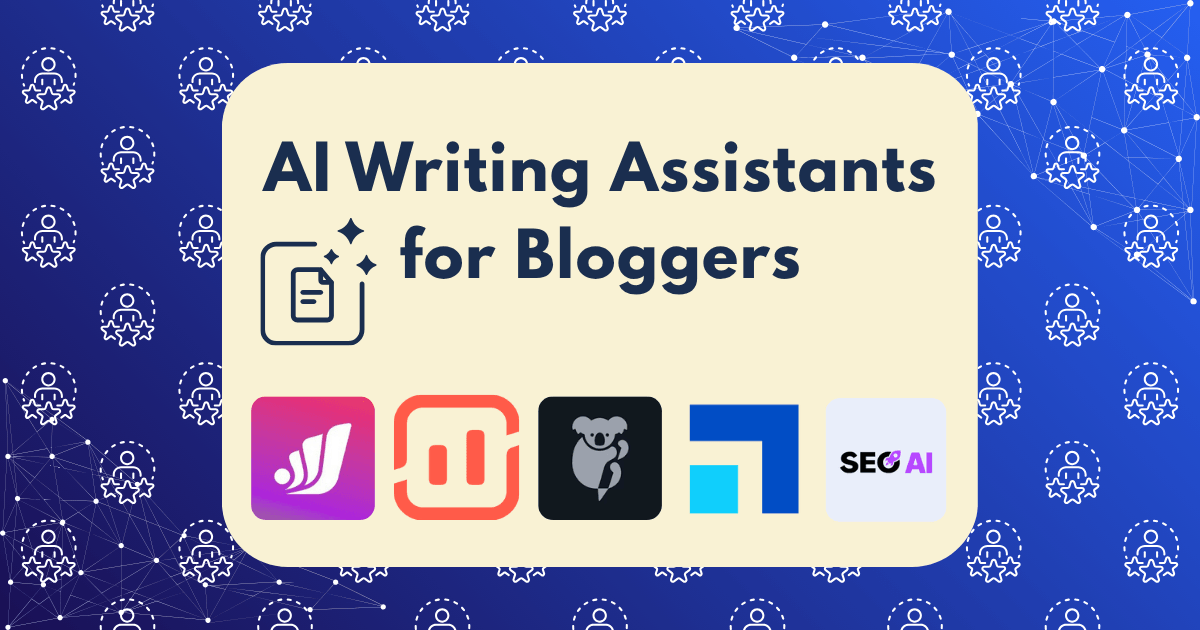Data Security Protocol: Protecting Your Business From Hacks and Data Breaches

In today’s digital landscape, the question isn’t if your business will face a cyber threat—it’s when. With attacks becoming increasingly sophisticated and the average data breach now costing companies a staggering $4.35 million, protecting your business data isn’t just good practice—it’s essential for survival.
I recently spoke with a small business owner who thought cybersecurity was “something only big corporations need to worry about.” Three months later, a ransomware attack locked him out of his customer database. The recovery cost? Nearly $75,000 and immeasurable damage to client trust.
Let’s make sure that doesn’t happen to you.
The Evolving Threat Landscape
The cybersecurity battlefield has transformed dramatically. Gone are the days of obvious scam emails with glaring typos. Today’s threats are sophisticated, targeted, and increasingly powered by artificial intelligence.
In 2025, businesses face several predominant threats:
- Ransomware attacks that encrypt your data and demand payment for its release
- AI-powered phishing that mimics trusted contacts with frightening accuracy
- Supply chain vulnerabilities that compromise your network through trusted vendors
- IoT device exploitation that creates backdoors into your systems
- Insider threats from both malicious and careless employees
What makes these threats particularly dangerous is their evolving nature. As Cybersecurity Ventures predicts, cybercrime damages will cost the world $10.5 trillion annually by 2025, up from $3 trillion in 2015.
Building Your Data Security Protocol
Effective data security isn’t about implementing a single solution—it’s about developing a comprehensive protocol that addresses vulnerabilities across your entire business ecosystem. Here’s how to build yours:
1. Conduct a Thorough Risk Assessment
You can’t protect what you don’t understand. Begin by mapping your data:
- What sensitive information does your business hold?
- Where is this data stored?
- Who has access to it?
- How is it currently protected?
This assessment forms the foundation of your security strategy. Consider working with a cybersecurity consultant to identify blind spots you might miss internally.
2. Implement Strong Access Controls
The principle of least privilege should guide your access management. Simply put: employees should only have access to the data they need to do their jobs—nothing more.
Key components include:
- Multi-factor authentication (MFA): This simple step reduces breach risk by 99.9%, according to Microsoft.
- Role-based access control: Define clear access levels based on job responsibilities.
- Regular access reviews: Quarterly audits ensure departed employees and contractors no longer have system access.
3. Encrypt Sensitive Data
Encryption transforms readable data into coded information that can only be deciphered with the proper key. Even if attackers breach your network, encrypted data remains protected.
Implement encryption:
- At rest (stored data)
- In transit (data being transferred)
- On all devices, including mobile phones and laptops
The Advanced Encryption Standard (AES) with 256-bit encryption remains the gold standard for most business applications.
4. Develop a Robust Backup Strategy
When prevention fails, recovery becomes your lifeline. The 3-2-1 backup rule remains industry best practice:
- Maintain 3 copies of your data
- Store them on 2 different media types
- Keep 1 copy off-site or in the cloud
Test your backups regularly—an untested backup is merely a hope, not a strategy.
5. Train Your Human Firewall
Your employees represent both your greatest vulnerability and your strongest defense. According to Verizon’s Data Breach Investigations Report, 82% of breaches involve the human element.
Effective training programs:
- Use real-world scenarios rather than abstract concepts
- Include simulated phishing exercises
- Provide clear reporting procedures for suspicious activities
- Reward security-conscious behaviors
- Occur regularly, not just once during onboarding
6. Secure Your Network Infrastructure
Your network requires multiple layers of protection:
- Next-generation firewalls that inspect traffic for malicious content
- Network segmentation to contain breaches if they occur
- Intrusion detection systems that alert you to suspicious activities
- Regular vulnerability scanning to identify weaknesses before attackers do
For remote workers, implement a secure Virtual Private Network (VPN) or consider a Zero Trust Network Access (ZTNA) solution that verifies every user and device.
7. Develop an Incident Response Plan
Despite your best efforts, breaches happen. How you respond determines the ultimate impact on your business.
Your incident response plan should include:
- Clear roles and responsibilities
- Communication protocols (internal and external)
- Step-by-step containment procedures
- Legal and regulatory compliance measures
- Documentation requirements
- Recovery processes
Test this plan through tabletop exercises where team members work through simulated incidents.
8. Manage Third-Party Risk
Your security is only as strong as your weakest vendor. Nearly 60% of data breaches involve third-party access.
Implement vendor security assessments that evaluate:
- Their security policies and protocols
- Compliance with relevant regulations
- History of security incidents
- Data handling practices
- Business continuity plans
Include security requirements in all vendor contracts and maintain the right to audit their security practices.
Staying Ahead of Emerging Threats
The security landscape never stands still. To maintain effective protection:
- Subscribe to threat intelligence services that provide early warnings of new attack vectors
- Participate in industry information sharing groups where businesses exchange threat data
- Conduct regular penetration testing to identify vulnerabilities before attackers do
- Stay informed about emerging technologies like quantum computing that may impact encryption standards
The Cost of Inaction
Some businesses hesitate to invest in comprehensive security, citing budget constraints. However, the math is clear: prevention costs far less than recovery.
Beyond direct financial losses, data breaches damage:
- Customer trust and loyalty
- Brand reputation
- Competitive advantage
- Employee morale
- Operational continuity
In regulated industries, non-compliance penalties can reach into the millions.
Conclusion: Security as a Business Enabler
Rather than viewing security as merely a cost center or necessary evil, forward-thinking businesses recognize it as a competitive advantage. Strong security protocols enable:
- Customer trust that translates to loyalty
- Partnership opportunities with security-conscious enterprises
- Faster recovery from incidents
- Reduced insurance premiums
- Protection of intellectual property and market position
The businesses that thrive in our digital economy won’t be those that avoid every attack—that’s impossible. Success will come to those with the resilience to detect, respond, and recover quickly while minimizing damage.
Start building your comprehensive data security protocol today. Your business’s future may depend on it.
Have questions about implementing these security protocols in your organization? Drop them in the comments below or reach out to our team for a personalized security assessment.







